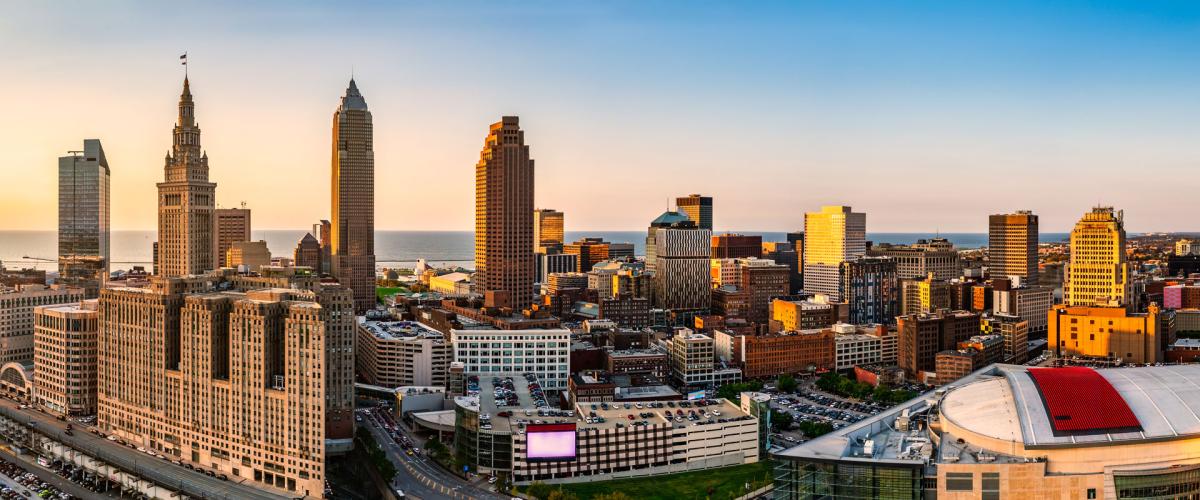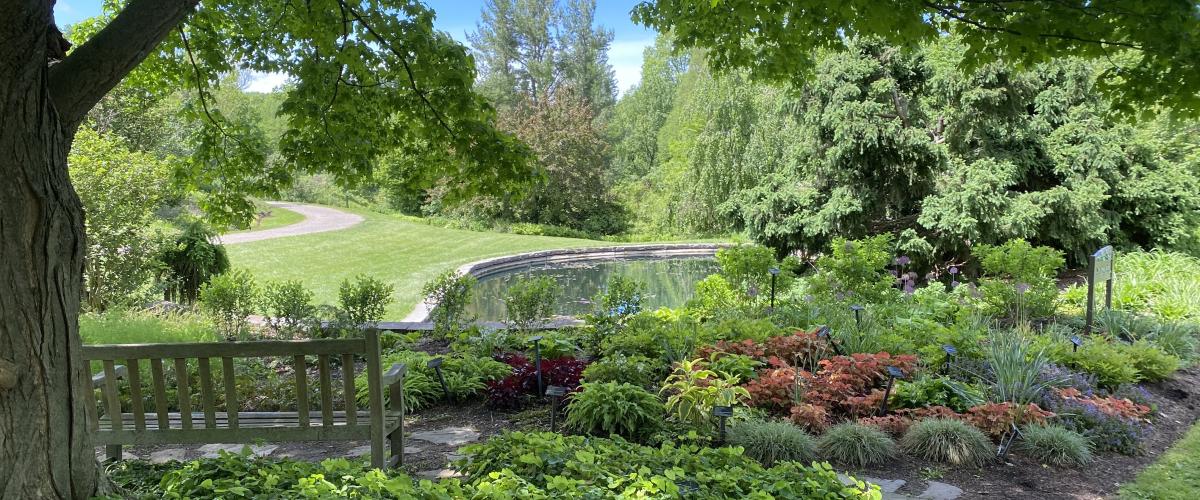Editor’s note: This article has been updated to reflect the source of Cleveland’s spelling.
Our hometown’s history has been interesting from the start—right down to its name. General Moses Cleaveland arrived in the area—then part of the Connecticut Western Reserve—July 22, 1796, to survey the land. The city was named for him, but the Cleveland Advertiser, an early newspaper, used today’s spelling from its first edition in 1831. To honor Cleaveland’s 1796 arrival, and, as such, the city’s official 222nd birthday, we asked Case Western Reserve University’s resident expert, Professor John Grabowski, what five facts the community should know about our home.Want to get in on the Founder’s Day festivities? Head over to Wade Oval today (July 20) from noon to 2 p.m. for an event featuring a bubble show, solar car races, rides on the Euclid Beach Boys Rocket Ship Car and more. Learn more on the University Circle Founder's Day event page.Grabowski, the Krieger-Mueller Joint Professor in History, is immersed in Cleveland history, both as a faculty member and as the historian and senior vice president for research and publications and the Western Reserve Historical Society. He also is the editor of the Encyclopedia of Cleveland History (case.edu/ech), which has thousands of entries on varying aspects of the city’s past, from influential people to key organizations. Additionally, Grabowski has authored a handful of books about the city, including Cleveland A to Z: Historical Essentials for Newcomers and Residents in Northeastern Ohio. Do you think you know all there is to know about our city? Check out what Grabowski shared with us in advance of Cleveland’s Founder’s Day.





